2H−≡−HCuCl−−−→NH4ClAH2+Ni2B−−−−−→BBr2−−−−−→(Major)C
The major amount of (C) is:
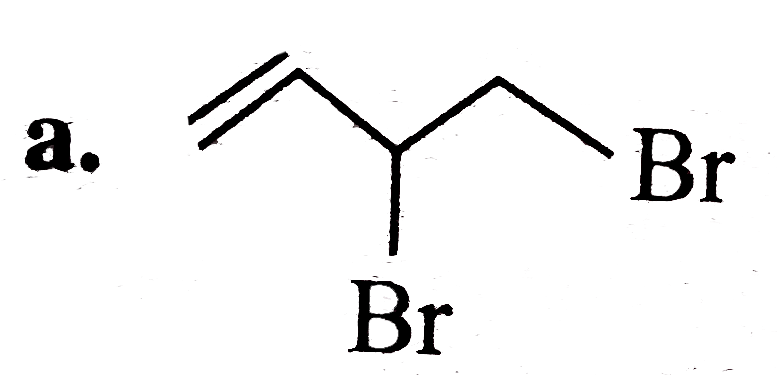
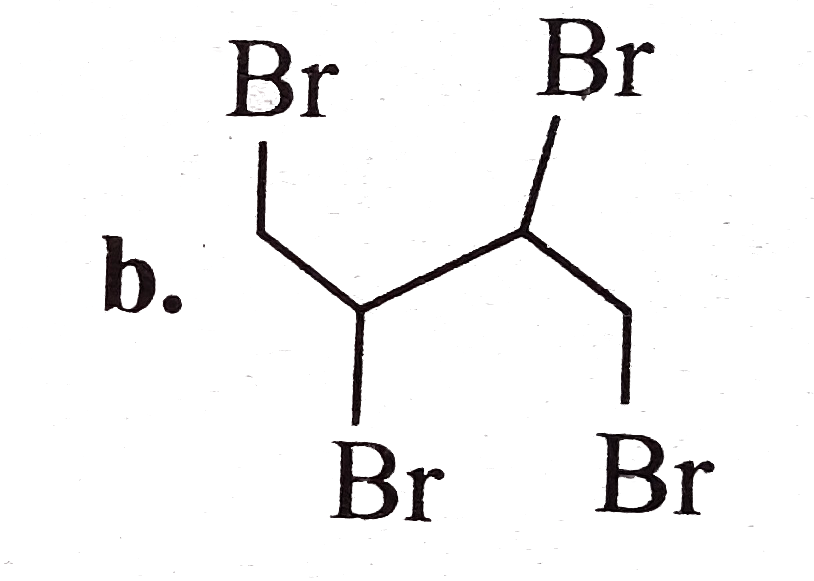
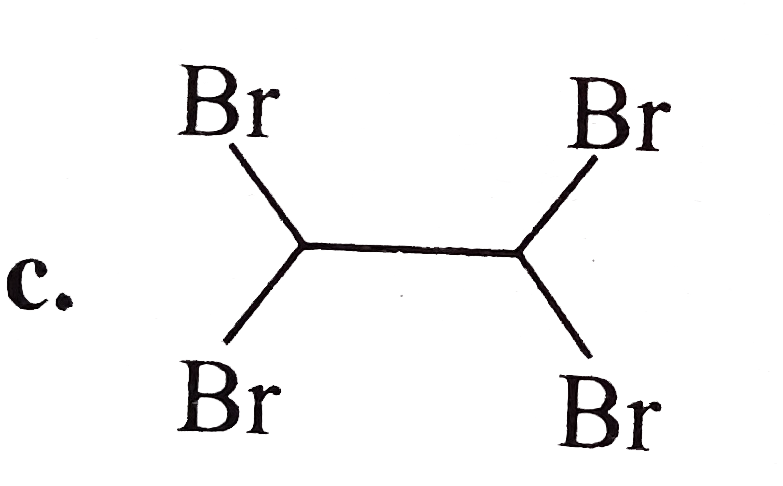

The correct Answer is:D
To solve the problem step by step, we will analyze the reactions described in the question.
Step 1: Identify the starting material
We start with 2 moles of acetylene (C2H2).
Step 2: Reaction with CuCl and NH4Cl
When 2 moles of acetylene react in the presence of CuCl and NH4Cl, they undergo a process known as linear polymerization. This reaction leads to the formation of vinyl acetylene.
Chemical Reaction:
2C2H2CuCl, NH4Cl−−−−−−−−→C4H4 (vinyl acetylene)
Structure of Vinyl Acetylene:
C≡C−C=C−H
Step 3: Hydrogenation of Vinyl Acetylene
Next, the vinyl acetylene (A) undergoes hydrogenation in the presence of hydrogen (H2) and a nickel-boron catalyst (Ni2B). This reaction adds hydrogen across the double bond.
Chemical Reaction:
C4H4+H2Ni2B−−−→C4H6 (B)
Step 4: Bromination of the Hydrogenated Product
The product from the hydrogenation (B) is then treated with bromine (Br2). This reaction typically leads to the addition of bromine across the double bond, specifically following Markovnikov's rule, which results in 1,4-addition.
Chemical Reaction:
C4H6+Br2→C4H6Br2 (C)
Step 5: Identify the Major Product (C)
The major product (C) formed from the bromination will have the structure where bromine atoms are added at the 1 and 4 positions of the double bond.
Structure of Major Product (C):
Br−C−C=C−Br
Conclusion
The major product (C) formed from the reactions is a dibromide compound, specifically 1,4-dibromo-2-butene.
Final Answer
The major amount of (C) is 1,4-dibromo-2-butene.
---
We start with 2 moles of acetylene (C2H2).
When 2 moles of acetylene react in the presence of CuCl and NH4Cl, they undergo a process known as linear polymerization. This reaction leads to the formation of vinyl acetylene.
2C2H2CuCl, NH4Cl−−−−−−−−→C4H4 (vinyl acetylene)
C≡C−C=C−H
Next, the vinyl acetylene (A) undergoes hydrogenation in the presence of hydrogen (H2) and a nickel-boron catalyst (Ni2B). This reaction adds hydrogen across the double bond.
C4H4+H2Ni2B−−−→C4H6 (B)
The product from the hydrogenation (B) is then treated with bromine (Br2). This reaction typically leads to the addition of bromine across the double bond, specifically following Markovnikov's rule, which results in 1,4-addition.
C4H6+Br2→C4H6Br2 (C)
The major product (C) formed from the bromination will have the structure where bromine atoms are added at the 1 and 4 positions of the double bond.
Br−C−C=C−Br
The major product (C) formed from the reactions is a dibromide compound, specifically 1,4-dibromo-2-butene.
The major amount of (C) is 1,4-dibromo-2-butene.
Topper's Solved these Questions
- BOOK - CENGAGE CHEMISTRY ENGLISHCHAPTER - ALKYNESEXERCISE - Exercises (Archives - Single Correct Answer Type)6videos
ALKYNES
- BOOK - CENGAGE CHEMISTRY ENGLISHCHAPTER - ALKYNESEXERCISE - Exercises (Archives - Fill in the Blanks Type)3videos
ALKYNES
- BOOK - CENGAGE CHEMISTRY ENGLISHCHAPTER - ALKYNESEXERCISE - Exercises (Multiple Correct Answers Type)25videos
ALKYNES
- BOOK - CENGAGE CHEMISTRY ENGLISHCHAPTER - ALKENES AND ALKADIENESEXERCISE - Single correct Answer14videos
ALKENES AND ALKADIENES
- BOOK - CENGAGE CHEMISTRY ENGLISHCHAPTER - APPENDIX - INORGANIC VOLUME 1EXERCISE - chapter-7 Single correct answer1videos
APPENDIX - INORGANIC VOLUME 1
Similar Questions
Knowledge Check
- Question 1 - Select One
 Br2−−→CCl4(i)alc. KOH−−−−−−−→(ii)NaNH2(A)major, Product (A) is :AH2C=CH−CH=CH2BCH3−C≡C−CH3CCH3−CH2−C≡CHDCH3−CH=C=CH2
Br2−−→CCl4(i)alc. KOH−−−−−−−→(ii)NaNH2(A)major, Product (A) is :AH2C=CH−CH=CH2BCH3−C≡C−CH3CCH3−CH2−C≡CHDCH3−CH=C=CH2 - Question 2 - Select One
H3C−CH3∣C∣CH3−H+CCl4R2O2−−→hvProduct :
AH3C−CH3∣C∣CH3−ClBCHCl3CBoth (a) and (b)DNone of these
CH3−O∣∣C−OHNH3−−→(P)Al2O3−−−→(Q)Br2/KOH−−−−−−→(R). R is
View Solution Cl2−−−→FeCl3AHNO3−−−−−−→H2SO4.ΔBKCN−−−−−→EtOH.ΔC. The product C is -View Solution
Cl2−−−→FeCl3AHNO3−−−−−−→H2SO4.ΔBKCN−−−−−→EtOH.ΔC. The product C is -View SolutionC2H4Br2−−→XKCN−−→Y,Y is
View Solution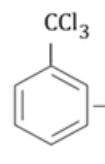 Ca(OH)2(aq)−−−−−−−−−→ANH3/Δ−−−−−−−→Br2+NaOHBBr2/H2O−−−−−→C
Ca(OH)2(aq)−−−−−−−−−→ANH3/Δ−−−−−−−→Br2+NaOHBBr2/H2O−−−−−→C
In the above sequence, C isView SolutionIdentify A to G in the following.
(a)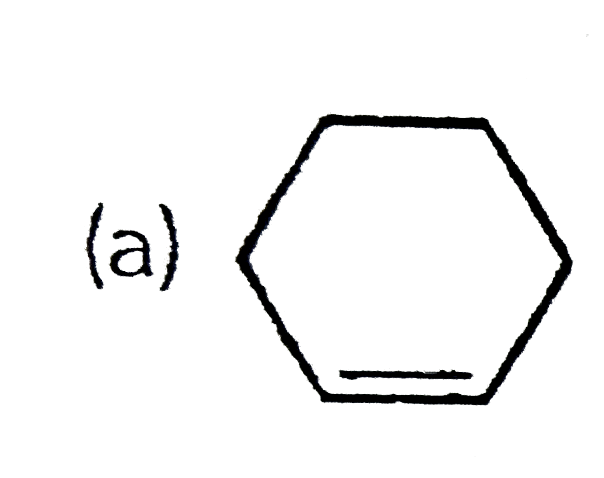 Br2,CCl4−−−−−→AKCN−−→BH3O+−−−→C
Br2,CCl4−−−−−→AKCN−−→BH3O+−−−→C
(b)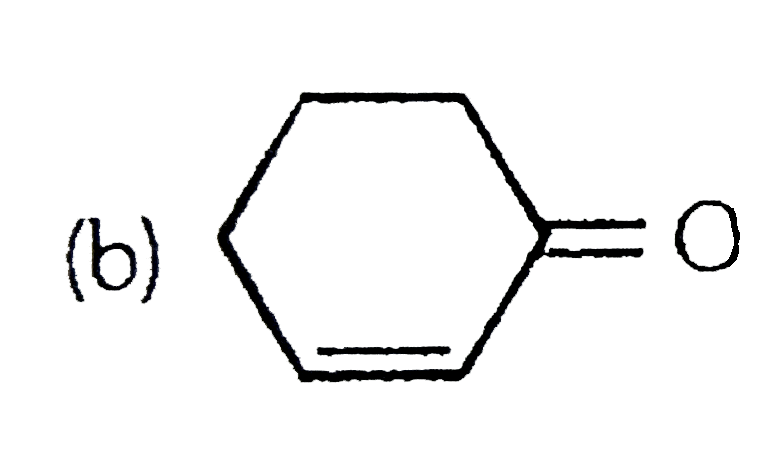 Br2,CCl4−−−−−→DKCN−−→EH3O+−−−→GView Solution
Br2,CCl4−−−−−→DKCN−−→EH3O+−−−→GView SolutionA+H2O→NaOH
AO2−−−→400∘CBH2O−−−→at25∘CNaOH+O2,
B is used for oxygenating in submarines A and B are respectively.View Solution

